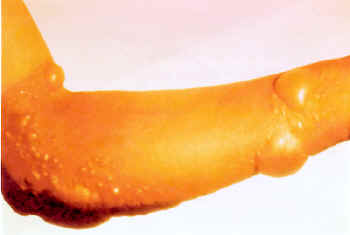bamaranger
New member
I have for many years been interested in the Alvin YORK MOH fight. There is a degree of controversy surrounding what rifle YORK actually used.
Recently an organization called the Sgt York Discovery Expedition has made repeated trips to France to pinpoint the site of the YORK fight. The group has conducted forensic type searches over the suspected areas. The organization maintains a website, and asserts now they have located the "exact" location. To the extent that the French agree and a memorial trail has been created.
Some of their evidence is a collection of ammo, spent cases, slugs, insignia, etc.They have a number of '06 cases and stripper clips. So here lies the question: Are P17 strippers and "03 strippers alike, interchangeable, etc?
The group maintains they have the exact site. They have a quantity of spent cases and stripper clips. If the two rifles use slightly different strippers, the ones associated with YORK's alleged flanking position should be of a specific type,and if the SYDE is correct in their site, indicate the rifle type.
Its a fascinating website, some of it gun heavy, and a tribute to YORK and the WWI vets whether you buy their theory or not. Their arguments and discoveries make an interesting read for any history or rifle buff.
What about the stripper clips?
Recently an organization called the Sgt York Discovery Expedition has made repeated trips to France to pinpoint the site of the YORK fight. The group has conducted forensic type searches over the suspected areas. The organization maintains a website, and asserts now they have located the "exact" location. To the extent that the French agree and a memorial trail has been created.
Some of their evidence is a collection of ammo, spent cases, slugs, insignia, etc.They have a number of '06 cases and stripper clips. So here lies the question: Are P17 strippers and "03 strippers alike, interchangeable, etc?
The group maintains they have the exact site. They have a quantity of spent cases and stripper clips. If the two rifles use slightly different strippers, the ones associated with YORK's alleged flanking position should be of a specific type,and if the SYDE is correct in their site, indicate the rifle type.
Its a fascinating website, some of it gun heavy, and a tribute to YORK and the WWI vets whether you buy their theory or not. Their arguments and discoveries make an interesting read for any history or rifle buff.
What about the stripper clips?

